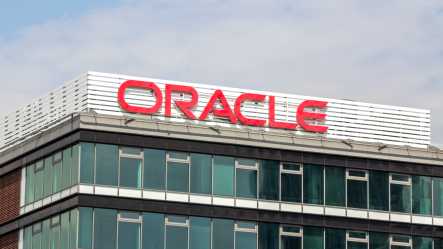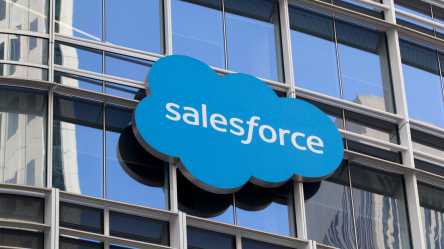
Technology sprawl is not a new problem, but the cloud has added a new layer of complexity to its challenges. As organisations have sought new solutions to their challenges, they have embraced hybrid cloud and multi-cloud solutions, only to find they have added cost and complexity to their environments.
Multi-cloud by accident is the new reality and this has resulted in data and infrastructure duplication. As well as being costly, it adds risk to organisations. Each time data is copied to a new service, it creates a new honeypot for threat actors and new silo that needs to be navigated by business users. And there’s a need to acquire new skills – an increasingly scarce commodity.
Businesses need to ask how they can create a cost effective, consistent experience in a multi-cloud world where digital transformation projects and other applications modernisation projects are driving a shift towards containerised platforms. Sitting behind this question might be the need to re-platform or redevelop a legacy application or a software vendor that has upgraded a critical application and now requires a containerised platform.
Platforms, such as Red Hat OpenShift, offer a path to a solution. OpenShift enables organisations to leverage Kubernetes containers at a local data centre, a hyperscale cloud service or across hybrid infrastructure. By adopting OpenShift, organisations can adopt a multi-platform application strategy without the overhead of supporting different skills and tools that would otherwise be required.
Finding skilled and experienced personnel is becoming harder. Each different platform is likely to require its own specialised teams. Each team might be carrying out very similar tasks but as they all use different tools, the technology sprawl is partnered with increased staffing.
There is a plethora of different container options to choose from. By deploying OpenShift, organisations can consolidate skills, tools, and management to a single platform. This enables organisations to build a multi-cloud ecosystem that offers greater flexibility as they develop new applications and modernise existing ones. Applications can be run where it makes the best business sense with the flexibility to shift from the data centre to the edge or to multiple public clouds as needs dictate.
This degree of flexibility can deliver significant cost savings. Technology sprawl creates significant duplication. This often starts with data. For information to be accessed on different platforms it ends up being copied multiple times. This leads to increased storage costs and creates risk. Each copy of the data is a potential target for threat actors and requires its own security.
One area that is often ignored is egress fees from cloud providers. There can be considerable difficulty in moving workloads away from a cloud service to an on-prem data centre or to a different provider. Choosing a container platform, such as OpenShift, enables organisations to deploy applications on multiple clouds and connect them to common shared storage, such as Dell Technologies storage systems. This allows applications to make use of the data set ‘in place’, giving organisations the ability to move workloads with greater ease and at a lower cost.
While multi-cloud by accident may be common, there is a path that can bring organisations cost savings, business efficiencies and strong security. That path requires the right choice of hardware, software, and services partners.
Choosing the right container platform ensures you can run your apps wherever you want and are not limited to your cloud provider’s options. Red Had OpenShift enables organisations to deploy containerised apps on the platform of their choice. Once an application is deployed, it can be moved to another platform easily and a move to a different platform doesn’t require the hiring or development of new skills and tools.
Building a modern platform that can support today’s needs and adapt to whatever the future brings means thinking carefully about your on-prem environment. But that’s about more than simply choosing hardware and cloud partners. Dell Technologies enterprise infrastructure and software are made with a reference design in partnership with Red Hat. This ensures optimal performance when running your OpenShift-powered applications.
If Dell Technologies and Red Hat are providing the best ingredients and the reference design is the recipe, there’s still a need for a chef to put it all together. Logicalis has the people and skills to work with businesses to support them as they create the foundation for their modern technology platform.
Logicalis will partner with you to understand your specific needs. They will design and create a platform, using optimised hardware for your on-prem environment that works with your cloud provider of choice. This will ensure data duplication is avoided and the best possible security is maintained while ensuring the flexibility to run workloads where it delivers the best return on investment with the ability to move between platforms to meet changing needs.
Digital transformation projects have often led to unexpected costs, risks and complexity. With data often duplicated across platforms and the need for skills to manage different platforms, organisations need a way to simplify operations and optimise costs without sacrificing flexibility. Logicalis’ expertise in integrating Red Hat OpenShift and Dell Technologies infrastructure with market leading professional services enable businesses to create platforms that will support their applications today and into the future.









